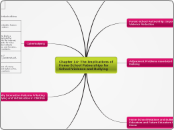da Marjorie Sooter mancano 12 anni
452
Chapter 14- The Implications of Home-School Patnerships for School Violence and Bullying

da Marjorie Sooter mancano 12 anni
452

Più simili a questo